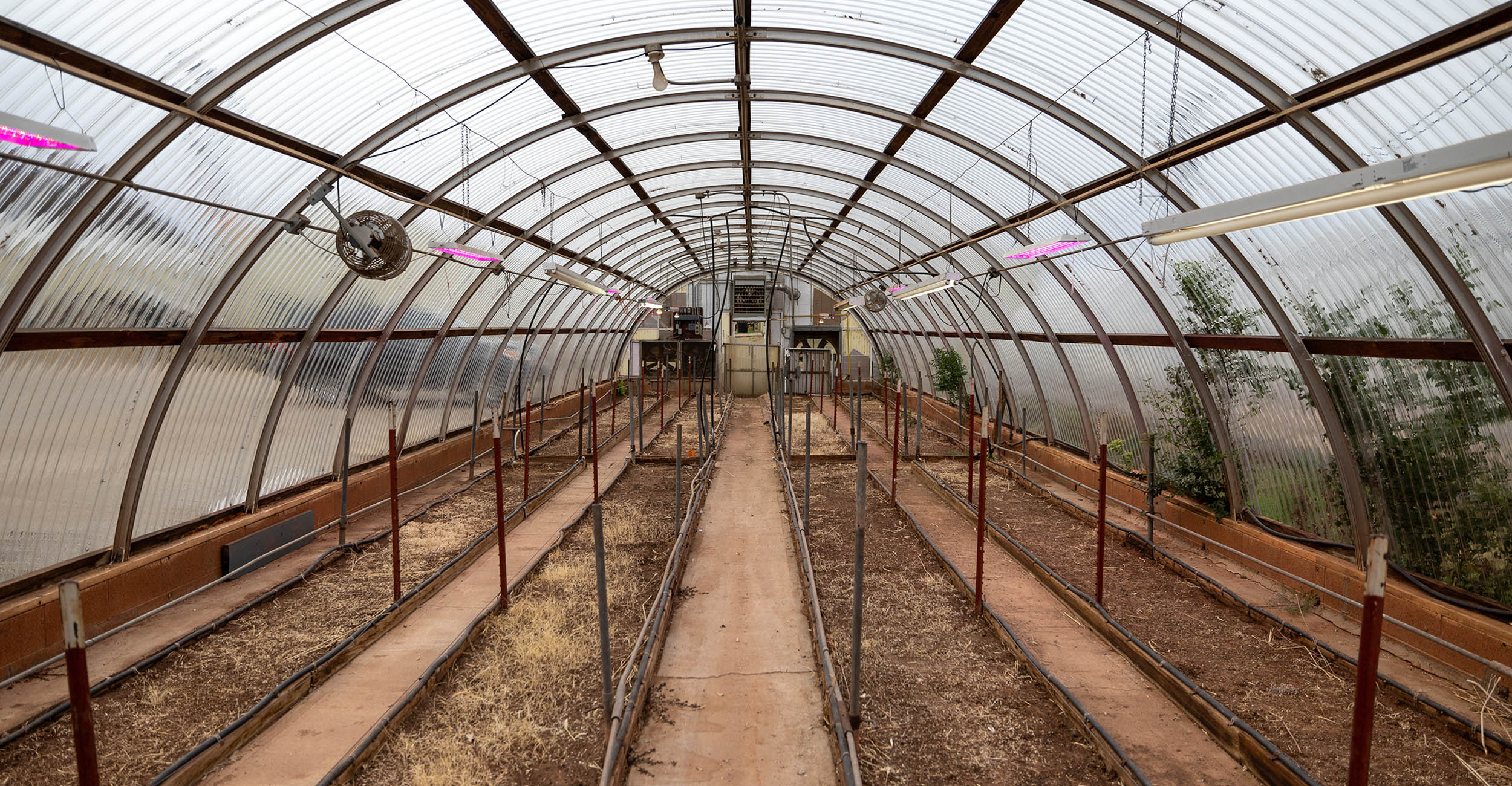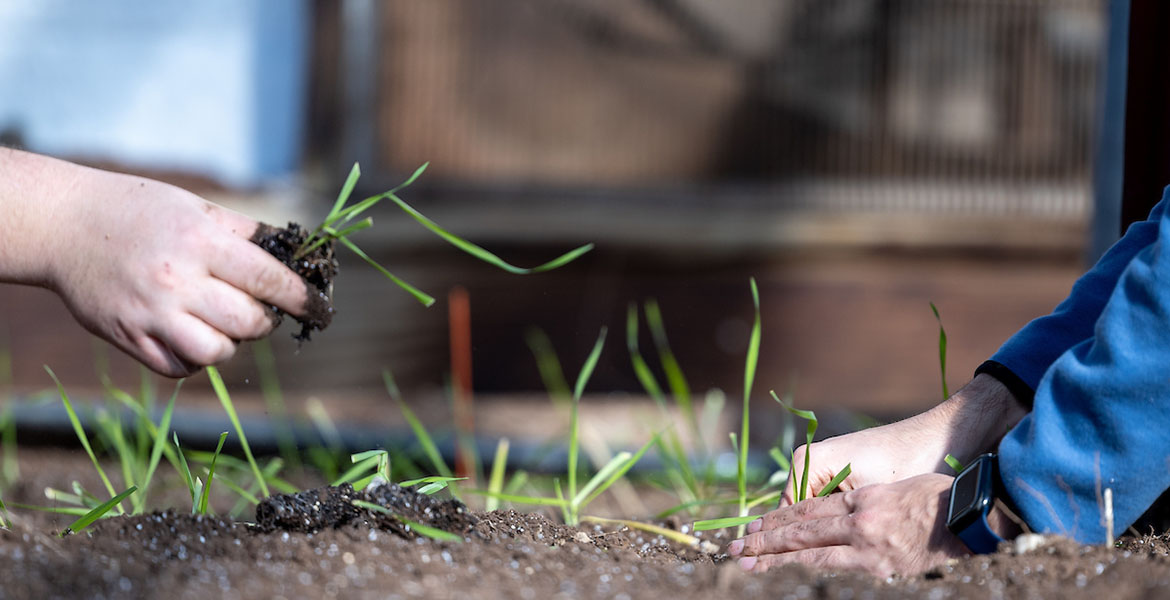
Planning phase begins for much-needed updates at OSU’s Agronomy Research Station
Friday, January 26, 2024
Media Contact: Gail Ellis | Editorial Communications Coordinator | 405-744-9152 | gail.ellis@okstate.edu
The Oklahoma State University/A&M Board of Regents has approved a request to draft construction plans for new facilities at the OSU Agronomy Research Station in Stillwater, home to the university’s renowned wheat improvement program.
The project’s first phase will involve selecting architectural and construction management firms to assist with the design and construction of new greenhouses and a headhouse at the site. The cost for this initial phase is expected to be $10 million.
The current OSU agronomy farm, located on the west side of campus along Highway 51, is a historic facility that houses one of the top wheat breeding programs in the world. OSU has commercialized 34 wheat varieties since 2000 and has the largest footprint for variety development in the Great Plains region.
“When we talk about our efforts at OSU to feed and nourish the world, it starts at the agronomy farm and is led by the wheat improvement team,” said Jayson Lusk, vice president and dean of OSU Agriculture. “Economically, wheat is the most important crop in Oklahoma, and the state’s harvest feeds people all over the United States and the world.”
The OSU Agronomy Research Station supports all three of OSU Agriculture’s mission areas: research, Extension and teaching. It includes 28 buildings, totaling 134,826 square feet, that are used for classroom instruction, greenhouse trials, research and support services. A master plan study performed in 2018 to identify potential improvements and expansion of the research station yielded several stand-alone projects or phases to be activated based on funding availability and need. Many of its structures were built 60 years ago and have been deemed in need of at least minor repairs. Several others require major repairs or have been classified in a state of “end of life.”
These aging structures threaten to compromise the advancement of OSU’s wheat breeding trials.
During a deep freeze in February 2021, pipes froze in the program’s main greenhouse, a building constructed in the 1960s. The facility’s heating system failed, and the OSU wheat breeding team lost 70% of its potential new plant lines for the year. After surveying the damage, Brett Carver, regents professor and OSU wheat genetics chair in agriculture, determined the plant loss would delay important wheat variety development for several years, and some of the losses were never recovered.

The weather’s effect on deteriorating greenhouse conditions highlighted OSU’s need to update or replace dilapidated research facilities within its division of agriculture; one teaching lab still used today was built in 1957. Other structures in operation on the premises date back to the 1930s.
“If we had new facilities, we could stretch out our season to nine months out of the year and respond more quickly to wheat breeding developments that are happening elsewhere in the world,” Carver said.
A 2020 study released by the Association of Public and Land-Grant Universities reported $11.5 billion in repairs and renovations are needed at schools authorized to receive U.S. Department of Agriculture research funding. The data indicates that 69% of the buildings at 97 land-grant universities are more than 25 years old and require urgent upgrades to remain safe and effective, including experimental farms, greenhouses and support facilities. A continued lack of funding to address university research infrastructure will negatively affect agriculture, food and related industries that annually contribute $1.1 trillion to America’s economy.
Lusk said these initial steps for the OSU agronomy farm are promising.
“We look forward to seeing improvements in motion at the Agronomy Research Station and how those upgrades will translate to our land-grant mission areas, and ultimately, the agricultural industry,” he said.
